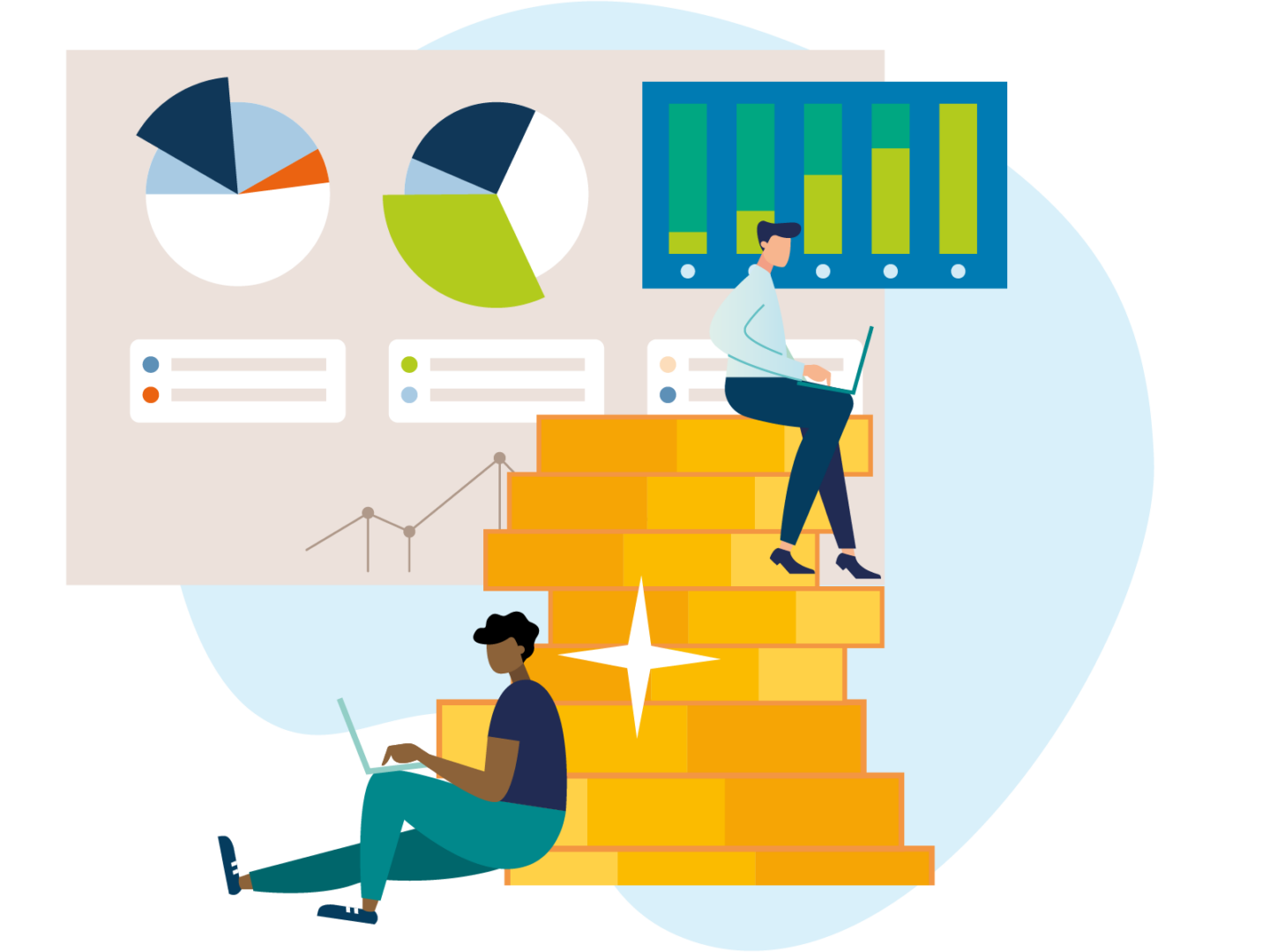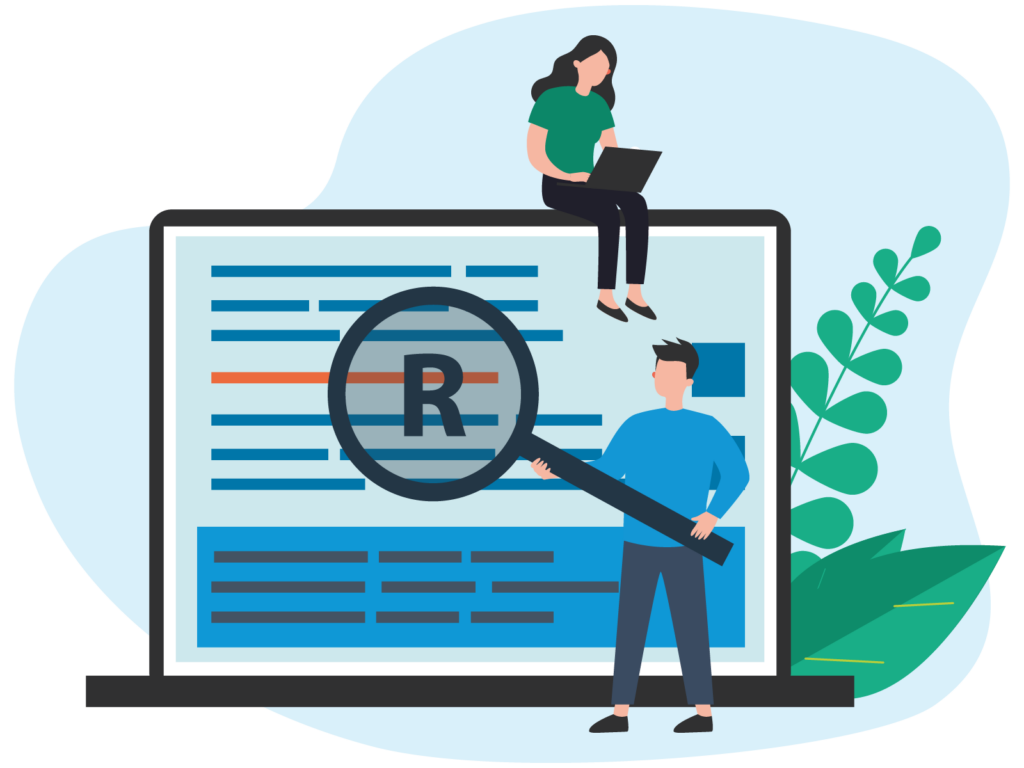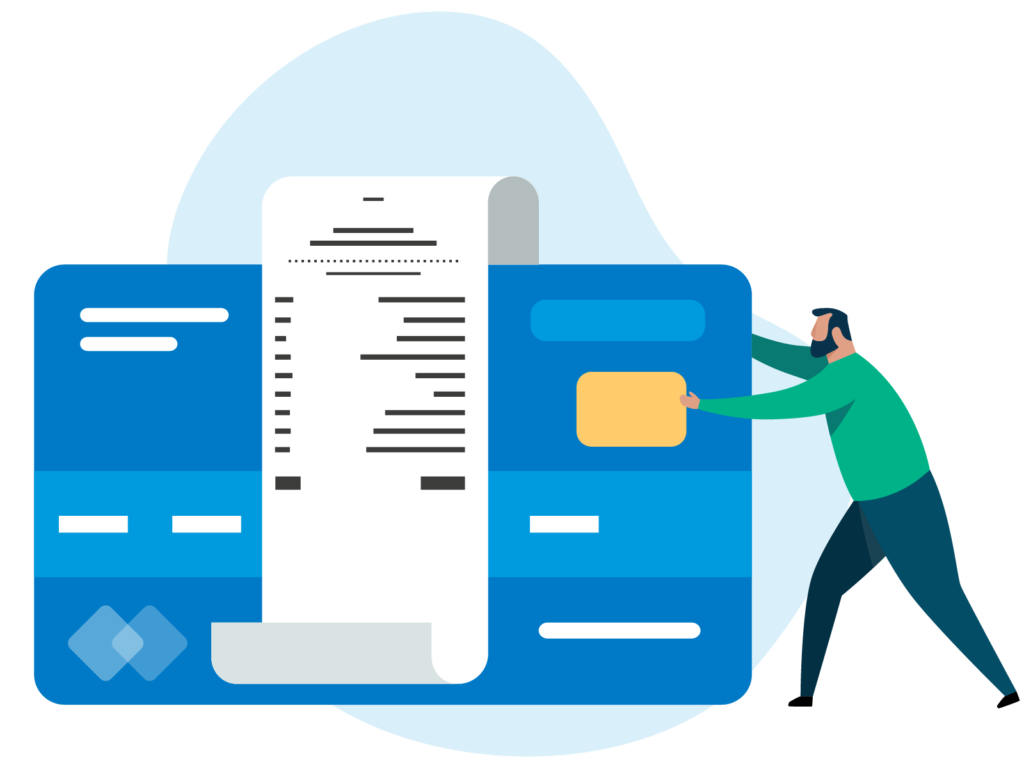
Learn more about how our fixed asset management software can help you to maintain compliance with the latest corporate governance regulations.
Simplify living for property professionals and residential communities with integrated digital services.
Conquer complexity with flexible solutions for commercial owners, operators and investors.
Uncomplicate compliance and prepare for the future with solutions for corporate occupiers.

Are you currently reviewing your asset management processes but seeking further background information to assist with your decision making? Read on for all you need to know about fixed asset management and fixed asset software.

Compiling an effective database of all assets within an organisation and recording all events in each asset's lifecycle.
Monitoring the movements of assets and ensuring the register is up to date at all times. This could be the daily process of updating the system via mobile devices or conducting regular asset audits.
Calculating the depreciation and reporting on all financial information associated with the fixed assets on the balance sheet.
Compiling a central asset register
Recording asset history
Insurance records
Asset tracking
Issuing & returning assets
Physical audits
Managing non-capitalised assets
Organisations may often maintain multiple lists or registers. This causes many problems and is not an efficient way to manage assets. It becomes difficult to verify each list, avoid duplication and produce depreciation calculations. A central register solves these issues and helps to avoid any duplication of asset purchases. Effective Fixed Asset Software is essential for maintaining a central database and will enable you to provide a true and accurate picture of all assets owned.

Storing detailed asset information and financial history provides organisations with valuable data to enable business decision making with a full audit trail.

Many companies are paying insurance premiums on assets that are no longer in use. It’s possible that premiums could be reduced if the asset register is always kept up to date. It is also easier to claim if you can provide proof of the assets you own.

This is the process of tracking the location and activity of assets on a regular basis. Usually assets are barcoded or tagged so movements can be scanned easily but information on the asset and its location can also be entered manually via a smart device if required.

If organisations have roaming assets then it is crucial for companies to track the process of when and to whom, assets were loaned out. The asset register should be updated each time an asset is issued and returned.

Audits are carried out to match the asset register against the actual assets that are located around the organisation.

Organisations also need to keep an inventory of non-capitalised assets. It is best to record these items in the central asset register to maximise effective control and utilisation.

Organisations must ensure balance sheet values are correct. When the asset register is up to date, resources are utilised more effectively, insurance claims can be proved and lost assets are kept to a minimum.
Effective fixed asset software enables the finance team to calculate depreciation and meet both corporate governance and audit regulations.
Assets at sub offices can be tracked regularly so that information can be sent directly to the central asset register.
IT staff need to keep track of asset location and access up to date information about IT equipment.

Learn more about how our fixed asset management software can help you to maintain compliance with the latest corporate governance regulations.
Speak to an expert about how best to manage your fixed assets.
Clients
Units
Leases
Partners
Countries